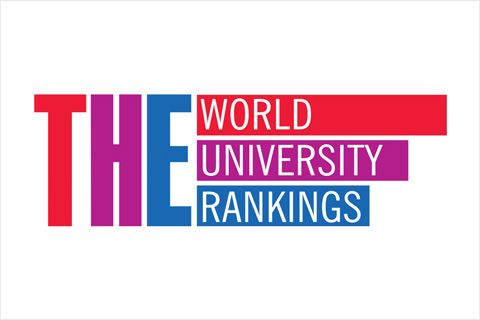If you’re reading this column for a spot of light relief amid the annual summer round of grant writing, you may want to fill the paddling pool instead.
In an age in which research in many disciplines is difficult to conduct without external funding, writing applications is an unavoidable chore. Indeed, academics are increasingly judged on how much research income they “capture”; a 2015 investigation by Times Higher Education found that individual targets existed at one in six UK universities.
This is sometimes criticised as another manifestation of the corporatisation of universities, but it is commonly agreed that external grants do not cover the full cost of research. It would be a peculiar corporation that put such store in a loss-making activity. Research is simply the business that universities are in, and on which their reputations largely ride.
Still, the mental health effects of imposing grant targets are deeply concerning. The THE investigation was conducted in the wake of the suicide in 2014 of Stefan Grimm, the Imperial College London toxicologist who had been told that he was “struggling to fulfil the metrics of a Professorial post”, which included bringing in “an attributable share of research spend of £200K [per annum]”. The suicide led Imperial to review its use of performance metrics.
Then there was the University of Salford’s dismissal last year of politics professor Jim Newall for failing to hit a grant income target. One of Newall’s points in his defence was that his research did not need much external funding. That seems a particularly salient point given how oversubscribed research funding is. The 2018 success rate for the Economic and Social Research Council, Professor Newall’s most obvious funder, was less than 17 per cent. Meanwhile, just 11 per cent of 2018 applications for European Research Council advanced grants were successful.
In such an environment, while a stellar application is a necessary condition for success, it is certainly not sufficient. Our main feature this week gives plenty of useful advice on how to give yourself the best chance of success, but the most salient adjective used by contributors to describe funding decisions is “stochastic”. And it is easy to reflect, as you pull down the blind to stop the sunshine distracting you from your fourth application of the summer, that there must be a better way.
As Jenny Rohn, a principal research associate in the Division of Medicine at UCL, tweeted last week: “Not for the first time, I wonder if this is really the best use of an academic’s time, writing grant after rejected grant. The more we write, the less time we have to actually do science…In a parallel universe where research funding was disbursed differently, would we all be more productive and get to important solutions and cures faster?”
It is hard to argue against the idea that limited scientific funding should be distributed on merit. But that doesn’t necessarily mean project grants. Step forward England’s Fund That Time Forgot, also known as the quality-related fund (QR). Despite all the extra money that has gone into UK research in recent years, this system of block grants, distributed according to research excellence framework results, has been stuck at its 2010 cash level of just over £1 billion a year: a victim, perhaps, of its obscure name and ministers preference for headline-grabbing funding announcements.
But current universities minister Chris Skidmore is a somewhat different beast. In June, he told a House of Lords committee that he was “fully aware” of the negative impact that the real-terms erosion of QR had had on universities, and said that he wanted to provide a “significant uplift”. And his subsequent announcement, earlier this month, of a hike of £45 million came with evident pride – even if it generated predictably little coverage. It is certainly debatable whether a mere 2.3 per cent rise in real terms counts as a “significant uplift” after the past decade's 13 per cent real-terms decline, but it may interest the Treasury to note that although the 2014 REF cost £250 million, that represents only 3.4 per cent of the QR money distributed over a seven-year REF period. The “transactional costs” for project grant funding, meanwhile, are estimated to be about 10 per cent.
It is hard to see a case for distributing all research funding via block grants; internal university politics is brutal enough as it is. But if the next UK prime minister forces through a no-deal Brexit and the country is frozen out of the EU funding programmes, there is a choice to be made about how to distribute any compensatory domestic funding that may (and it is a big may) materialise. There is an argument that it would be used most efficiently if it went into the QR pot.
But it will surely need a less obscure name if it is to impress a Treasury reviewer. As for the likely new prime minister himself, Boris Johnson may have once been shadow higher education minister, but he is not known for his grasp of arcane policy detail. The Research Excellence Fund, anyone?
POSTSCRIPT:
Print headline: Could QR save the day?
Register to continue
Why register?
- Registration is free and only takes a moment
- Once registered, you can read 3 articles a month
- Sign up for our newsletter
Subscribe
Or subscribe for unlimited access to:
- Unlimited access to news, views, insights & reviews
- Digital editions
- Digital access to THE’s university and college rankings analysis
Already registered or a current subscriber?





